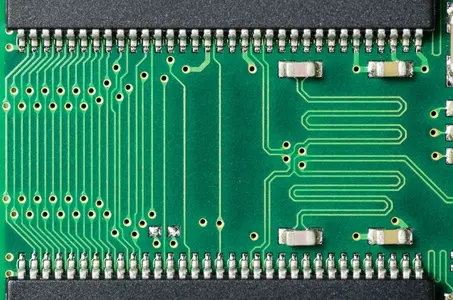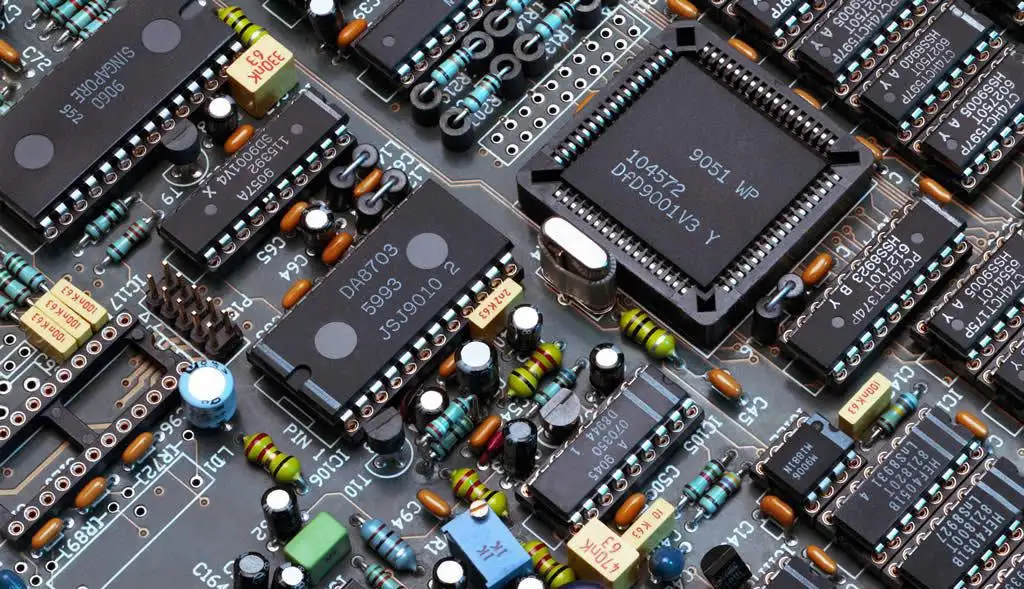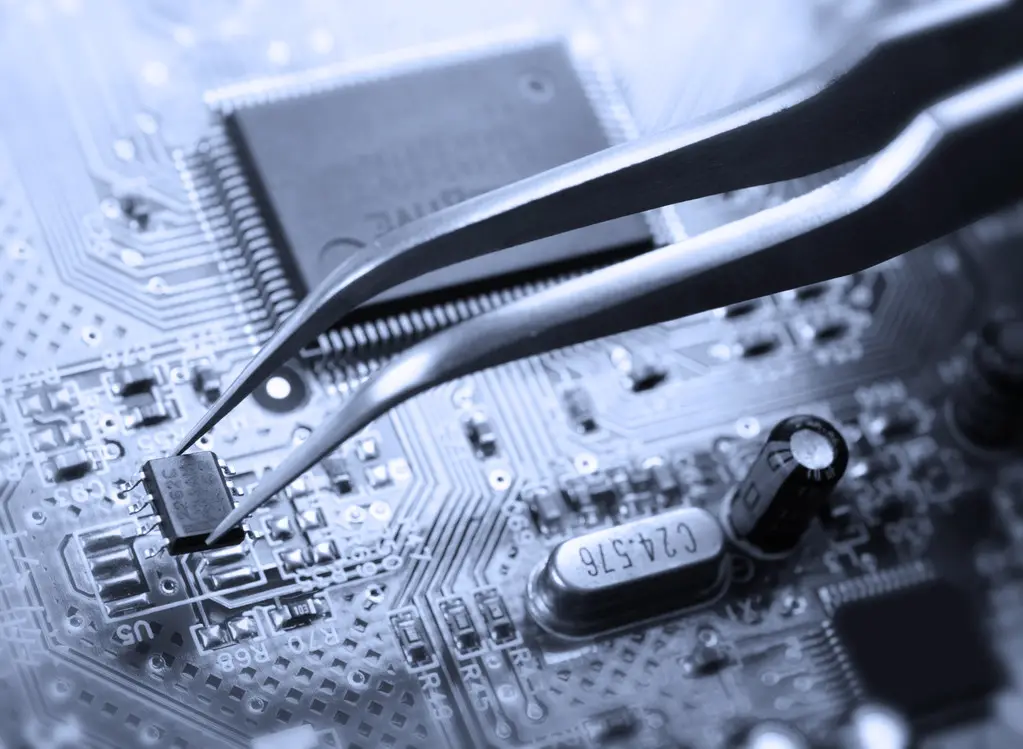
According to the material PCB can be divided into: rigid PCB and flexible PCB. Common rigid PCB materials include: phenolic paper laminate, epoxy paper laminate, polyester glass felt laminate, epoxy glass cloth laminate. Flexible PCB materials commonly include: polyester film, polyimide film, fluoride ethylene propylene film.
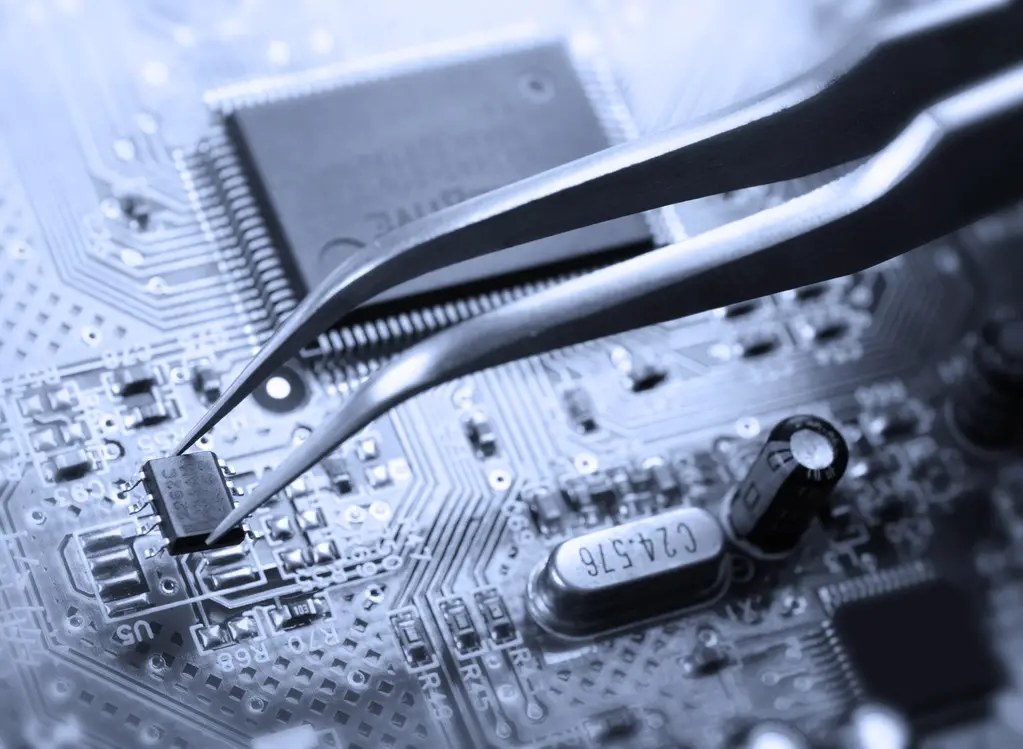
Printed Circuit Board (PCB), also known as Printed Circuit Board, is an important electronic component, the support body of electronic components, and the carrier for electrical connection of electronic components. Because it is made by electronic printing, it is also known as a "printed" circuit board.
After electronic equipment adopts printed board, due to the consistency of the same type of printed board, so as to avoid the error of manual wiring, and can realize the automatic insertion or placement of electronic components, automatic soldering, automatic detection, to ensure the quality of electronic equipment, improve labor productivity, reduce the cost, and easy to maintain.
Extended Information:
PCB can be divided into single panel, double panel and multi-layer according to the number of circuit layers. The common multilayer board is generally 4 or 6 layers, and the complex multilayer board can reach dozens of layers.
I. Single panel:
Single panel on the most basic PCB, The parts are concentrated on one side and the wires are concentrated on THE other side (the same side as the wires when there are patch elements and the plug-in devices on the other side). Because the wires appear on only one side, the PCB is called a single panel. Because the single panel had many severe restrictions on the design circuit (because there was only one side, the wires could not be crossed but had to be routed in separate paths), only early circuits used this type of board.
Two, double panel:
Dual panel This circuit board has wiring on both sides, but to use the wires on both sides, there must be a proper circuit connection between the two sides. This "bridge" between circuits is called a pilot hole (VIA). Pilot holes are small, metal-filled, or metal-coated holes in a PCB that can be connected to wires on both sides.
Because the area of the double panel is twice as large as that of the single panel, the double panel solves the difficulty of the staggered wiring in the single panel (it can be guided to the other side through holes), and it is more suitable for the more complex circuit than the single panel.
Three, multi-layer board:
Multilayer board in order to increase the area of wiring, multilayer board with more single or double-sided wiring board. With a double-sided inner layer, two single-sided outer layer or two double-sided inner layer, two single-sided outer printed circuit board, through the positioning system and insulating bonding material alternating together and conductive graphics interconnect according to the design requirements of the printed circuit board becomes four layers, six layers of printed circuit board.
The number of layers of the board does not mean that there are several independent wiring layers. In special cases, empty layers are added to control the thickness of the board. Usually, the number of layers is even and contains the outermost two layers. Most host boards are 4 to 8 layer structures, but the technical theory can be up to 100 layer PCB board. Most large supercomputers use fairly multi-layered mainframe boards, but since these computers can be replaced by clusters of regular computers, super-multi-layered boards have fallen out of use. Because the layers in the PCB are tightly integrated, it is generally not easy to see the actual number, but if you look closely at the host board, you can still see it.
According to the number of layers, the circuit board can be divided into three major categories: single panel, double panel, and multi-layer circuit boards.
The first is the single panel. On the most basic PCB, the parts are concentrated on one side and the wires are concentrated on the other. Because the wires appear on only one side, the PCB is called a single-sided circuit board. Single panels are usually simple and inexpensive to make, but have the disadvantage that they cannot be applied to too complex products.
Double panel is the extension of a single panel, when the single layer wiring can not meet the needs of electronic products, it is necessary to use double panel. Both sides are covered with copper wires, and the wires between the two layers can be guided through holes to form the required network connection.
Multilayer board refers to the printed board which has more than three conductive pattern layers and insulating materials in between, and the conductive pattern in between is interconnected as required. Multi-layer circuit board is the electronic information technology to high speed, multi-function, large capacity, small volume, thin, lightweight direction of the development of the product.
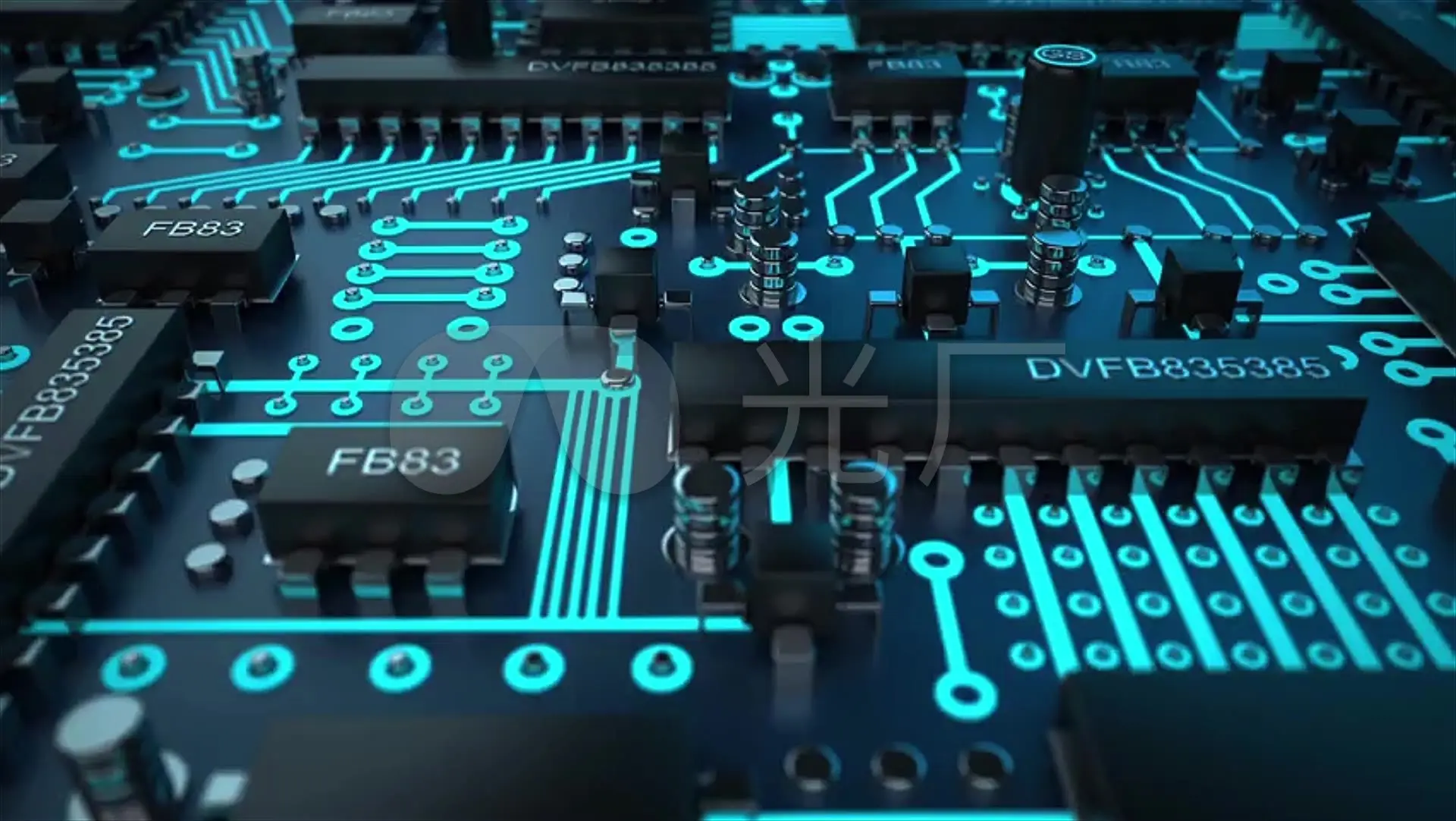
According to the characteristics of the circuit board is divided into soft board (FPC), hard board (PCB), soft and hard board (FPCB).
In the circuit board, no matter what type of circuit board is basically by: power supply to the circuit; Input interface circuit; Microprocessor control circuit; Output interface circuit; Display circuit; Protection circuit; Communication circuit and other 7 most of the circuit. As long as we have mastered the seven categories of circuit structure and control principle of know each type of structure characteristics and the key components of the circuit, can judge the every part of the circuit in circuit board is to belong to that kind of circuit, familiar with regularity and characteristics of each type of circuit, can according to various types of circuit boards for repair.


